MIT

Multiple AI models help robots execute complex plans more transparently | MIT News
Your daily to-do list is likely pretty straightforward: wash the dishes, buy groceries, and other minutiae. It’s unlikely you wrote out “pick up the first dirty dish,” or “wash that plate with a sponge,” because each of these miniature steps within the chore feels intuitive. While we can routinely complete each step without much thought,…
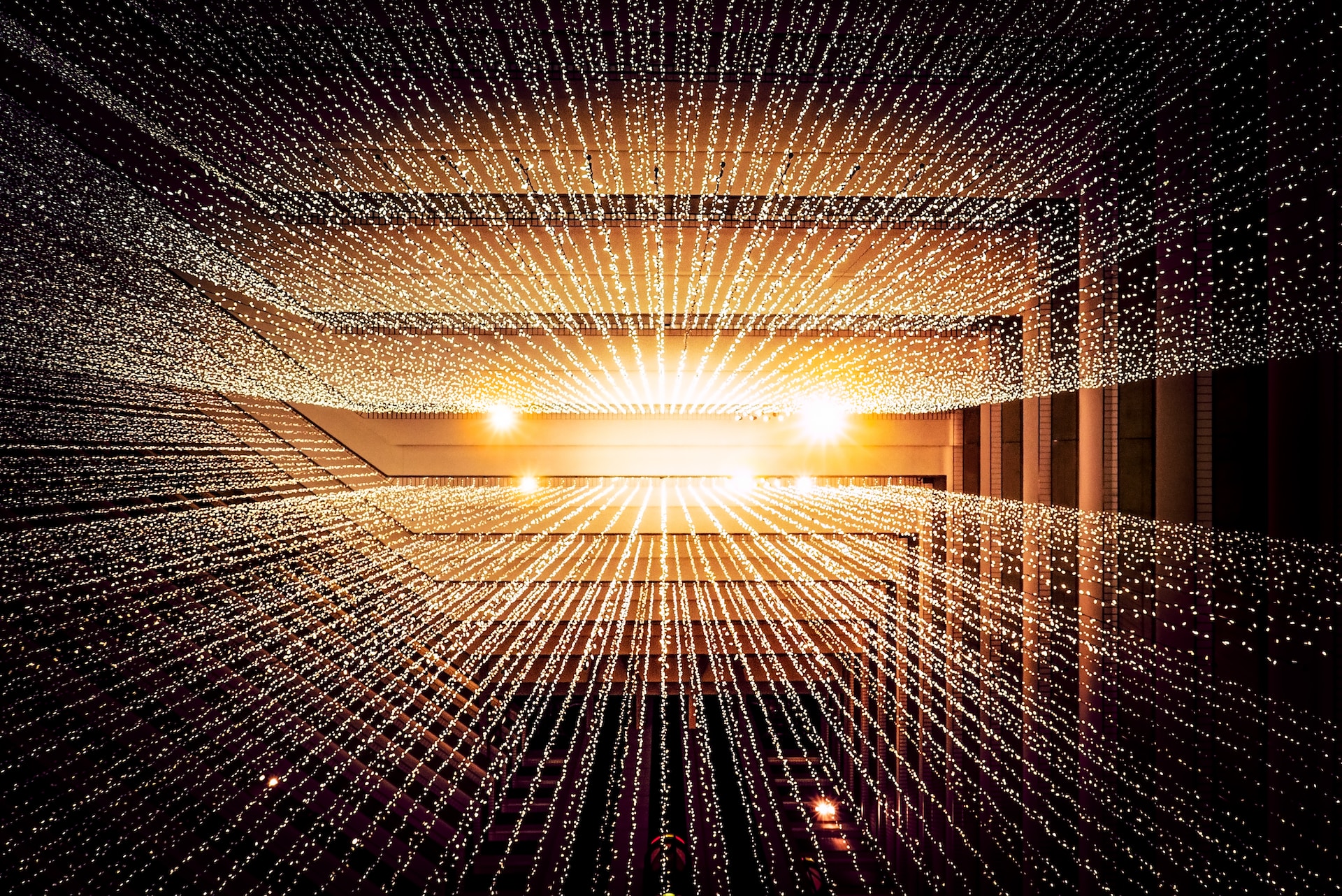
Technique could efficiently solve partial differential equations for numerous applications | MIT News
In fields such as physics and engineering, partial differential equations (PDEs) are used to model complex physical processes to generate insight into how some of the most complicated physical and natural systems in the world function. To solve these difficult equations, researchers use high-fidelity numerical solvers, which can be very time-consuming and computationally expensive to…
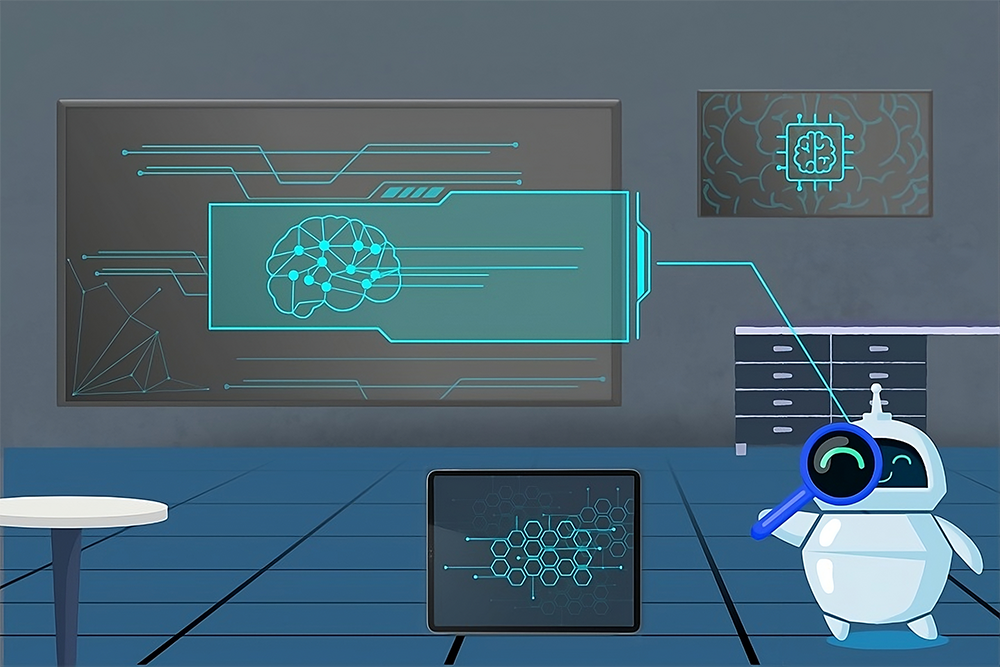
AI agents help explain other AI systems | MIT News
Explaining the behavior of trained neural networks remains a compelling puzzle, especially as these models grow in size and sophistication. Like other scientific challenges throughout history, reverse-engineering how artificial intelligence systems work requires a substantial amount of experimentation: making hypotheses, intervening on behavior, and even dissecting large networks to examine individual neurons. To date, most…

Complex, unfamiliar sentences make the brain’s language network work harder | MIT News
With help from an artificial language network, MIT neuroscientists have discovered what kind of sentences are most likely to fire up the brain’s key language processing centers. The new study reveals that sentences that are more complex, either because of unusual grammar or unexpected meaning, generate stronger responses in these language processing centers. Sentences that…
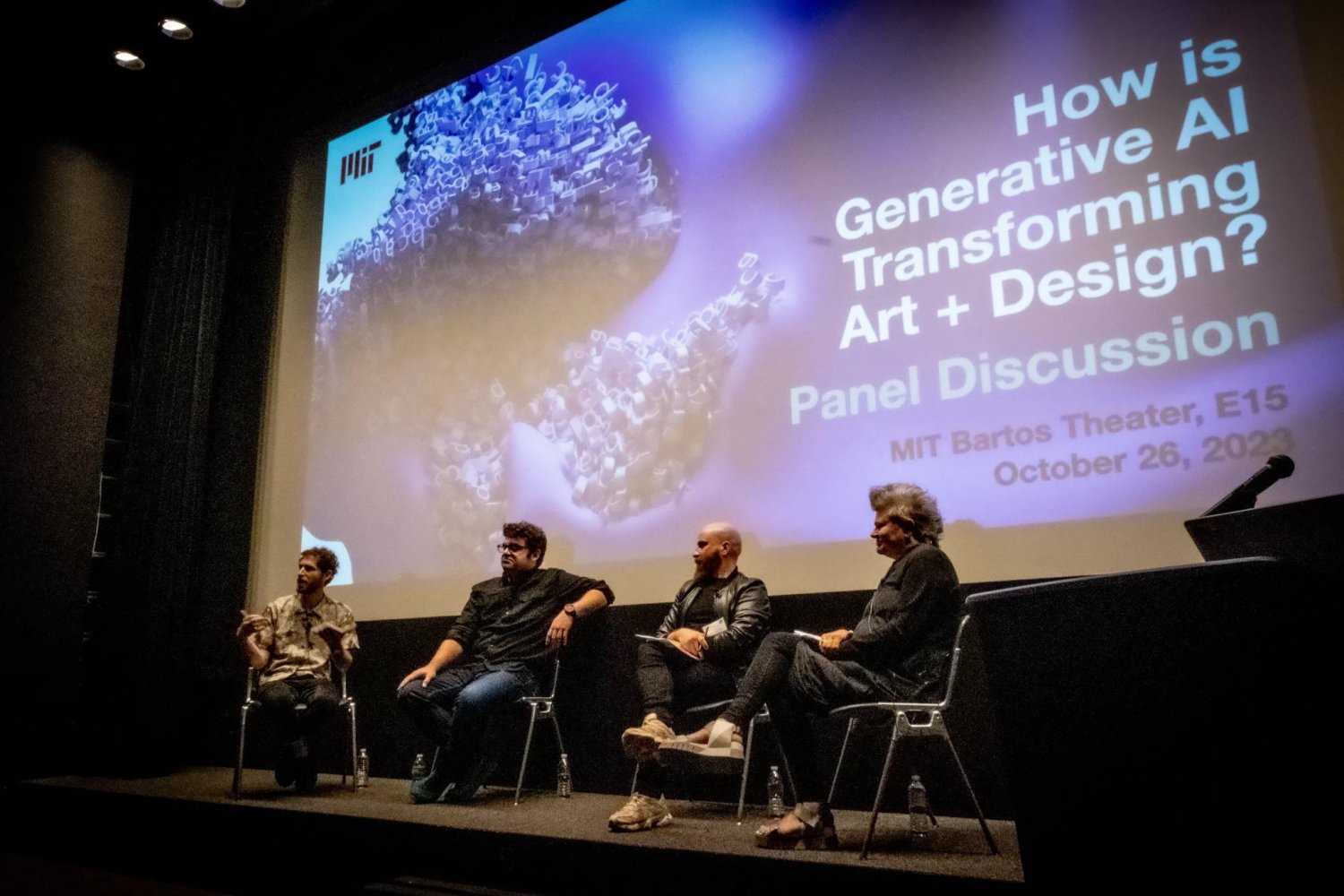
The creative future of generative AI | MIT News
Few technologies have shown as much potential to shape our future as artificial intelligence. Specialists in fields ranging from medicine to microfinance to the military are evaluating AI tools, exploring how these might transform their work and worlds. For creative professionals, AI poses a unique set of challenges and opportunities — particularly generative AI, the…

Leveraging language to understand machines | MIT News
Natural language conveys ideas, actions, information, and intent through context and syntax; further, there are volumes of it contained in databases. This makes it an excellent source of data to train machine-learning systems on. Two master’s of engineering students in the 6A MEng Thesis Program at MIT, Irene Terpstra ’23 and Rujul Gandhi ’22, are…

MIT in the media: 2023 in review | MIT News
It was an eventful trip around the sun for MIT this year, from President Sally Kornbluth’s inauguration and Mark Rober’s Commencement address to Professor Moungi Bawendi winning the Nobel Prize in Chemistry. In 2023 MIT researchers made key advances, detecting a dying star swallowing a planet, exploring the frontiers of artificial intelligence, creating clean energy…
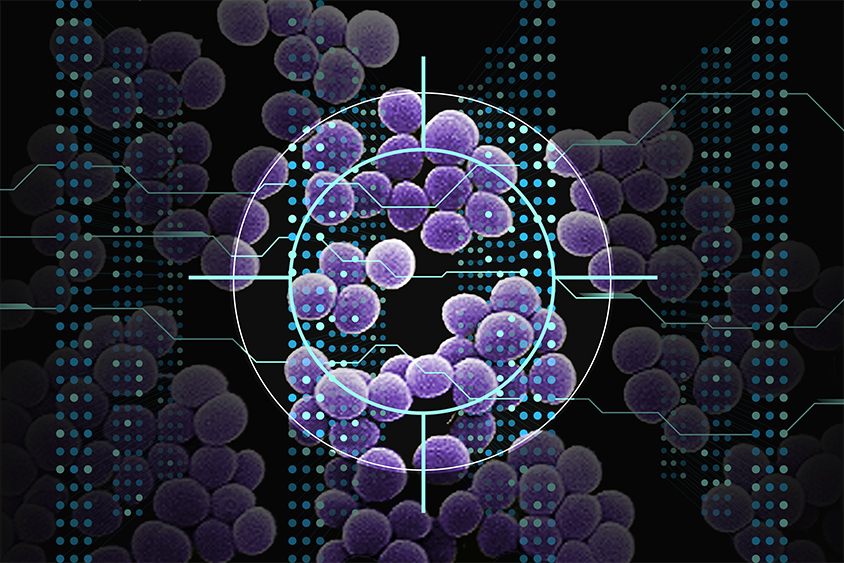
Using AI, MIT researchers identify a new class of antibiotic candidates | MIT News
Using a type of artificial intelligence known as deep learning, MIT researchers have discovered a class of compounds that can kill a drug-resistant bacterium that causes more than 10,000 deaths in the United States every year. In a study appearing today in Nature, the researchers showed that these compounds could kill methicillin-resistant Staphylococcus aureus (MRSA)…
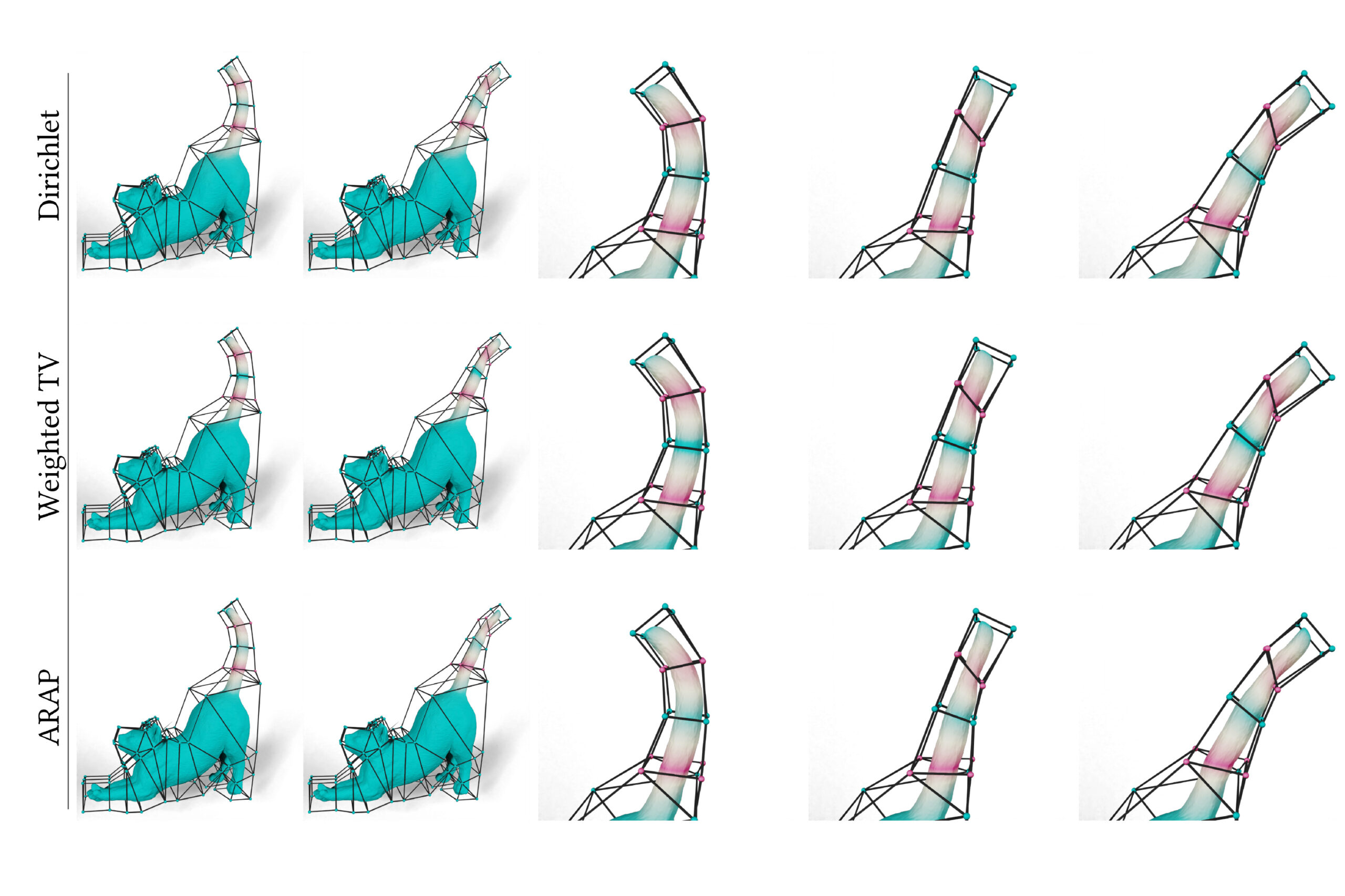
A flexible solution to help artists improve animation | MIT News
Artists who bring to life heroes and villains in animated movies and video games could have more control over their animations, thanks to a new technique introduced by MIT researchers. Their method generates mathematical functions known as barycentric coordinates, which define how 2D and 3D shapes can bend, stretch, and move through space. For example,…
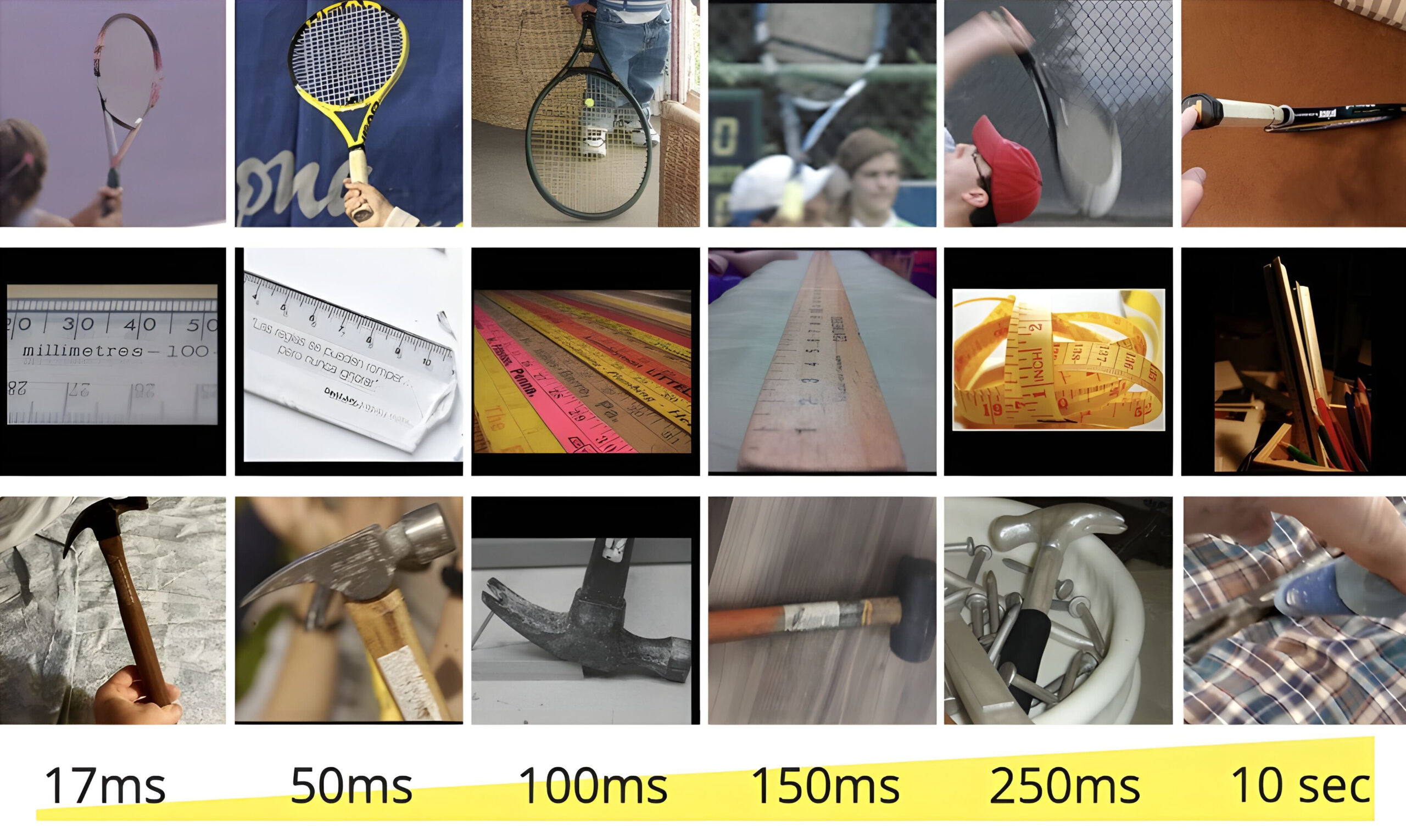
Image recognition accuracy: An unseen challenge confounding today’s AI | MIT News
Imagine you are scrolling through the photos on your phone and you come across an image that at first you can’t recognize. It looks like maybe something fuzzy on the couch; could it be a pillow or a coat? After a couple of seconds it clicks — of course! That ball of fluff is your…